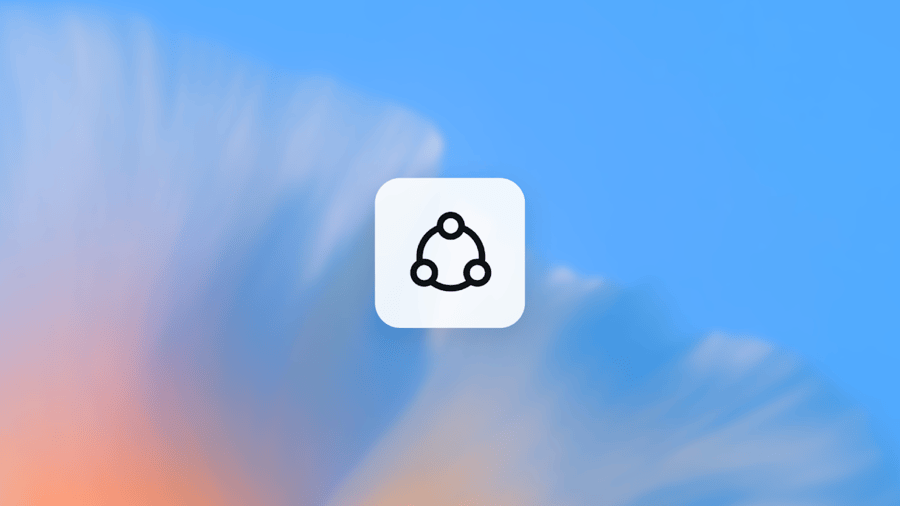OpenAI has unveiled AgentKit, a new toolkit designed to help developers build, deploy, and improve AI agents with less technical hassle. The announcement came during OpenAI’s DevDay 2025 conference in San Francisco.
AgentKit aims to solve a common problem: while many companies want to build AI agents, few successfully get them into production due to complex technical hurdles. The toolkit combines four main components that work together to simplify this process.
At the heart of AgentKit is Agent Builder, described by OpenAI CEO Sam Altman as “like Canva for building agents.” This visual canvas lets teams design AI workflows by dragging and dropping elements rather than writing extensive code. The system handles complex tasks like connecting tools, setting guardrails, and testing performance.
“Agent Builder transformed what once took months of complex orchestration, custom code, and manual optimizations into just a couple of hours,” according to Ramp, an early user. The company reports cutting their development cycles by 70%, launching their procurement agent “in two sprints rather than two quarters.”
Similar posts
For companies concerned about data security, AgentKit includes a Connector Registry that centralizes control of how agents access information. This dashboard gives administrators one place to manage connections to services like Google Drive, Dropbox, and Microsoft Teams across both ChatGPT and API products.
The toolkit also features ChatKit, which helps developers embed agent chat interfaces into their existing products without extensive frontend work. Canva claims they “saved over two weeks of time” integrating a support agent using this tool.
The fourth component expands OpenAI’s evaluation capabilities, helping teams measure and improve agent performance through datasets, trace grading, automated prompt optimization, and support for testing non-OpenAI models.
OpenAI has positioned AgentKit as an enterprise-focused solution, with several companies already using it. HubSpot has built a customer service agent, while LY Corporation created a “multi-agent workflow” in under two hours.
While AgentKit simplifies agent development, it enters a competitive landscape where similar tools exist. For instance, Inngest offers its own “AgentKit” framework, creating potential name confusion in the market.
The system’s safety features include Guardrails, an open-source security layer that can mask personal information, detect jailbreak attempts, and apply other safety measures. These features may appeal to companies in regulated industries that need strict data protection.
Availability of AgentKit components varies. ChatKit and the new evaluation features are generally available now, while Agent Builder is in beta. The Connector Registry is starting a limited beta rollout to some enterprise customers who have Global Admin Console access.
Beyond AgentKit, OpenAI also announced at DevDay the ability to build apps directly within ChatGPT, which the company reports has reached 800 million weekly active users. The company also released Codex, its AI coding assistant, into general availability.
As AI agent technology continues evolving, OpenAI’s move signals a push toward making these tools accessible to more businesses through simplified interfaces rather than complex coding. The toolkit’s focus on governance, safety, and evaluation suggests OpenAI is targeting enterprise customers with regulatory and compliance concerns.







